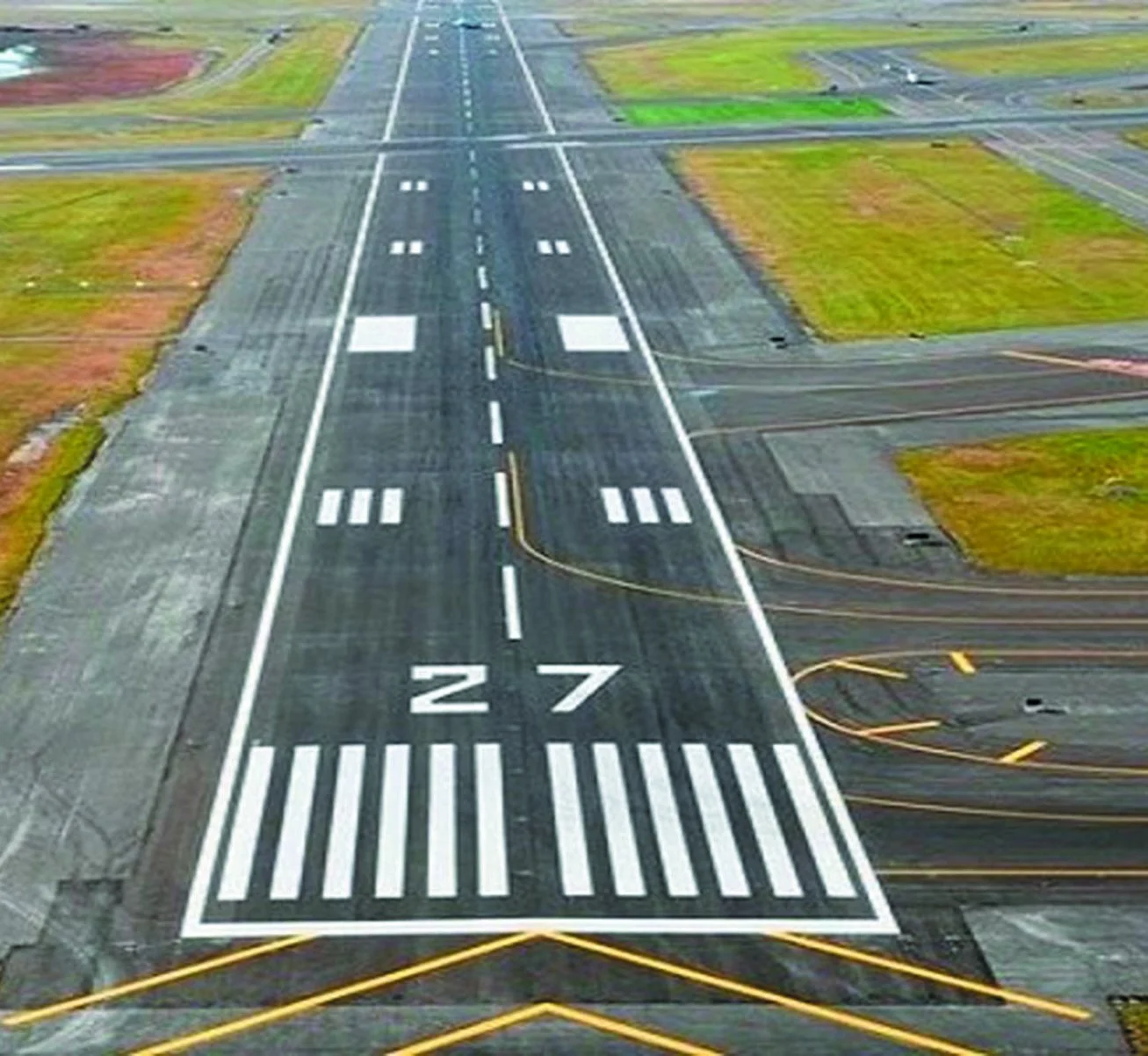
Runway Markings Guide
Discover the importance of understanding runway markings, which guide pilots during takeoffs, landings, and taxiing.
They identify the holding position, as well as indicate the direction in which the holding instruction applies.
Pilots should not proceed beyond a Mandatory Sign unless directed to do so by ATC
They are provided only where there is an operational need to provide additional guidance to pilots manoeuvring on the ground.
These should be used in conjunction with an aerodrome chart.
Like what you see? Access all of our learning materials and Question Banks.
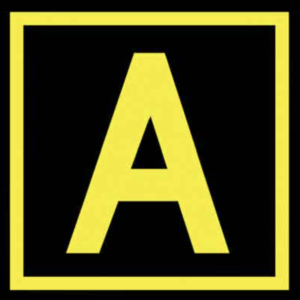
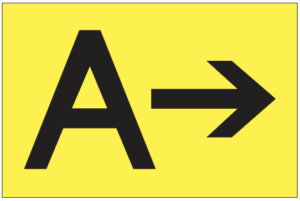
Where there is a need to identify a specific position on a taxiway,
a Location Sign, displaying the taxiway designator accompanied by an identifying number.
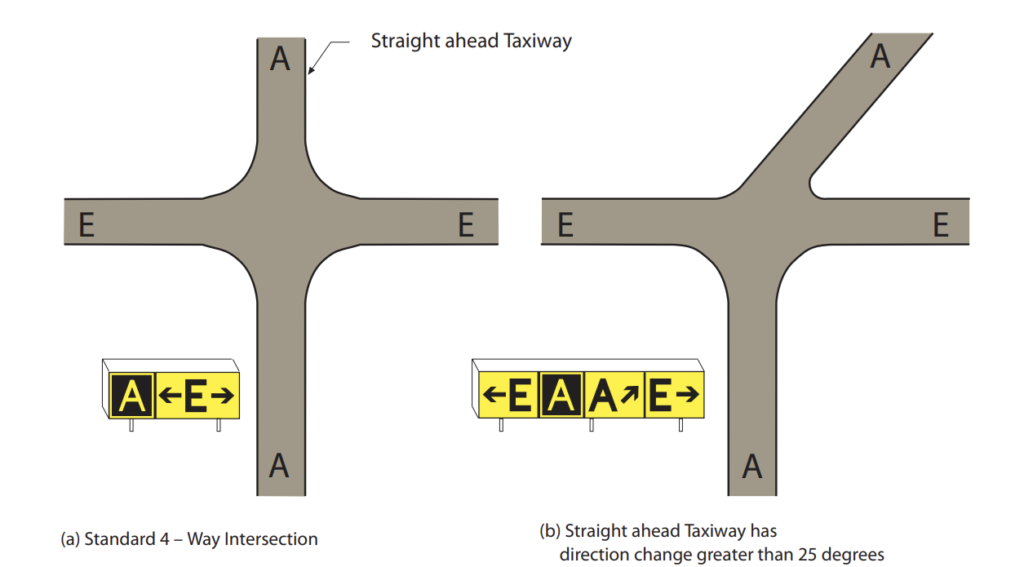
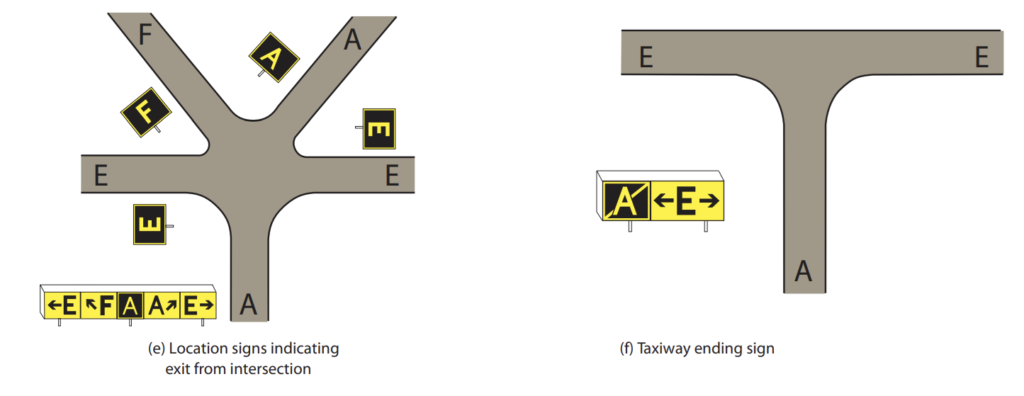
Like what you see? Access all of our learning materials and Question Banks.
A red runway Marker Board is positioned at the entrance to the runways, it is illuminated at night and provides a warning to aircraft and vehicles that they are approaching a runway.
on Taxiway ‘A’ leading to the threshold of Runway 27 and on Taxiway ‘D’ leading to an intermediate taxiway entrance to Runway 09-27.
NOTE: The signs at intermediate taxiway entrances as shown at Figure 3.2 (b) and (d) show the runway designation in both directions; a left turn is required to reach the threshold of Runway 09 and a right turn to reach the threshold of Runway 27.

Also see our post on Aerodrome Markings.

Like what you see? Access all of our learning materials and Question Banks.

Discover the importance of understanding runway markings, which guide pilots during takeoffs, landings, and taxiing.
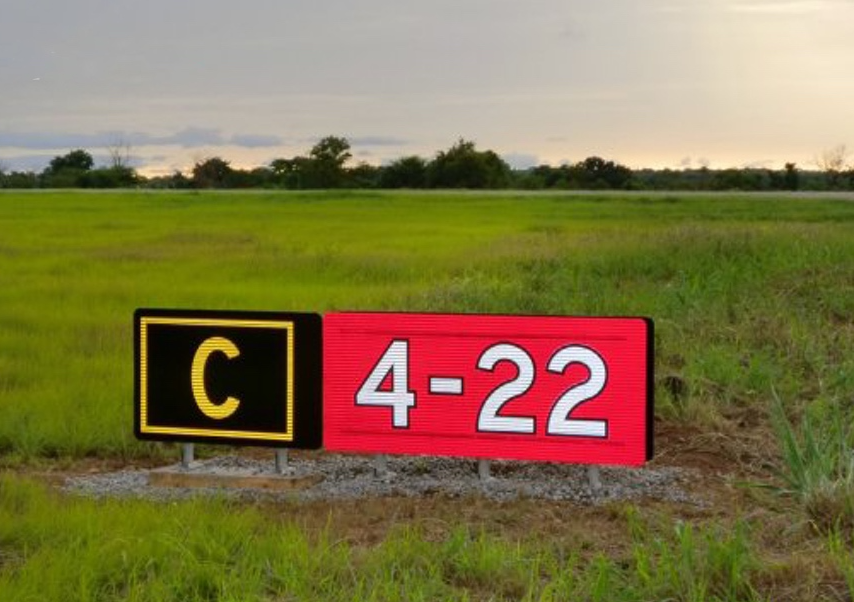
Know your airfield signs! Not being familiar with standard visual aids can be very stressful, especially when visiting a new aerodrome.
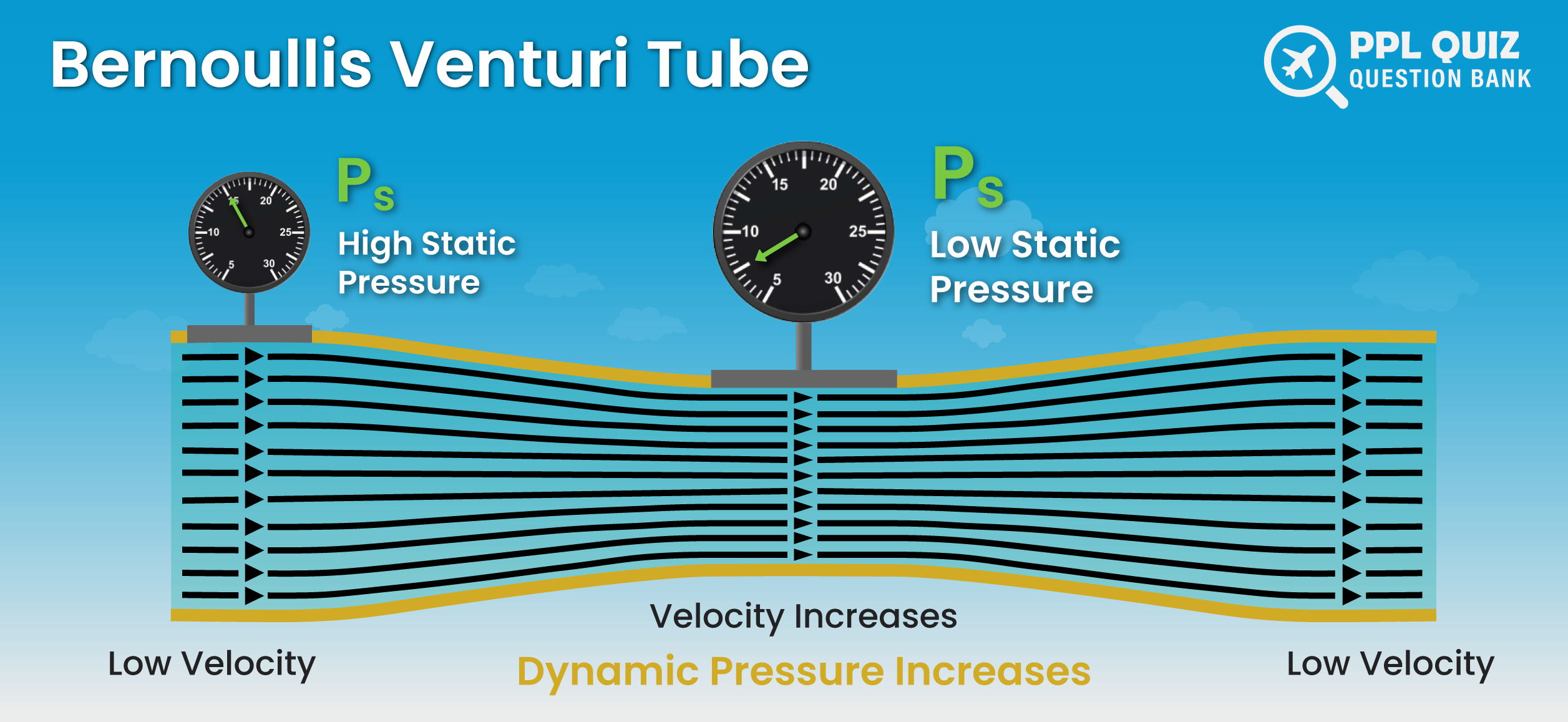
A Guide to Understanding Bernoulli’s Principle and how it helps explains lift, with Lots of images to help you visualise the principle.
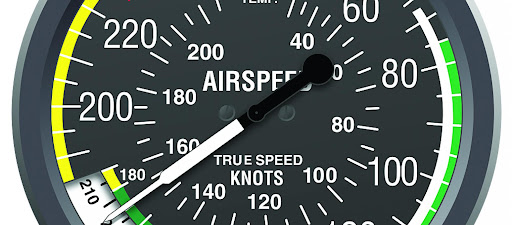
We’ll break down everything you need to know about V-speeds, plus we’ve put together a convenient list so you’ll never have to search for them again!
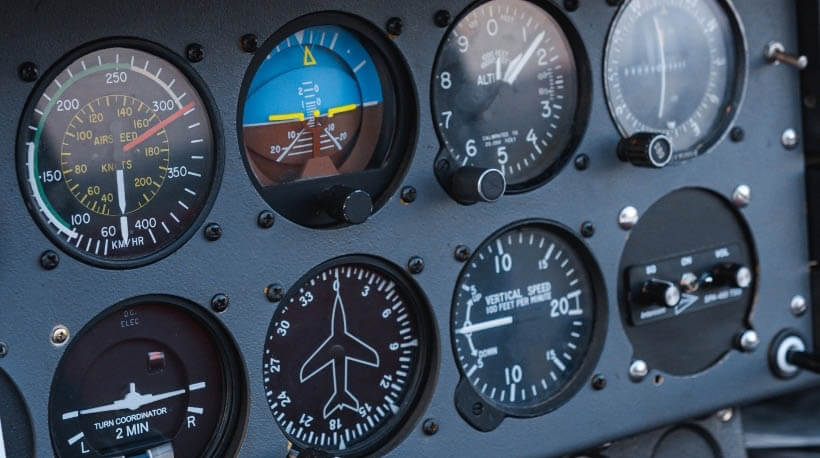
What is the aviation Six Pack? We take an in-depth look at the 6 core instruments a pilot uses to safely navigate and fly an aircraft.